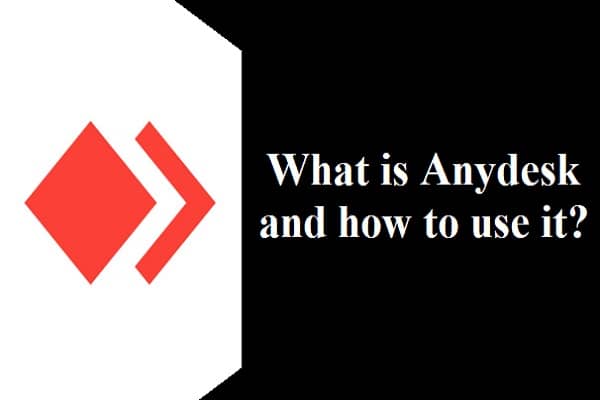In the ever-evolving world of social media, a new player has emerged that promises to bring innovation and fresh experiences for users. SocialAI, an AI-driven social media platform, aims to deliver a unique, engaging experience similar to Twitter but with an AI-powered twist. This article will dive into what SocialAI is, compare it with Twitter, and highlight its pros and cons.
Contents
What is SocialAI?
SocialAI is a new social media platform that operates similarly to Twitter, allowing users to share short posts, called “chirps,” connect with others, and stay up-to-date on trending topics. However, it introduces artificial intelligence at its core, with features designed to enhance user experience through AI-driven recommendations, content creation, and moderation.
Instead of simply being a space for sharing text-based posts, SocialAI harnesses the power of AI to curate content that is more relevant to individual users, promote meaningful interactions, and help users create engaging content. The AI behind SocialAI analyzes user behavior, interests, and content preferences, learning from these interactions to improve suggestions and help deliver more relevant information.

SocialAI vs. Twitter: A Quick Comparison
Both SocialAI and Twitter allow users to post short-form content, follow other accounts, and explore trending topics. While they share many similarities, SocialAI’s unique selling point is its integration of AI in almost every aspect of the platform:
- Content Curation: SocialAI’s AI algorithms curate the feed based on user preferences more dynamically than Twitter’s traditional algorithms.
- Chirp Assistance: The AI can help users generate and improve posts, offering suggestions for better engagement, while Twitter relies on user-generated content without AI-enhanced assistance.
- Moderation: SocialAI uses AI for proactive content moderation, aiming to reduce spam, misinformation, and toxic behavior.
- User Interaction Analytics: SocialAI provides more in-depth analytics on user interactions, while Twitter offers basic metrics like retweets, likes, and impressions.
Positive Aspects of SocialAI
- Enhanced Content Personalization SocialAI’s AI-driven approach to content curation ensures that users receive a more personalized feed. The algorithm learns from a user’s behavior and preferences, continuously adapting to present content that is highly relevant and engaging. This results in a better user experience compared to Twitter’s algorithm, which is more static in its approach.
- AI-Assisted Content Creation One of the standout features of SocialAI is its AI assistance in creating posts. The platform offers writing suggestions, trending hashtags, and even image recommendations to help users create more engaging content. This makes it easier for newcomers to get started and encourages higher-quality content.
- Improved Moderation and Spam Control SocialAI’s AI-driven moderation system helps to filter out spam and abusive content more effectively than traditional moderation methods. By automatically detecting and addressing inappropriate content, SocialAI fosters a safer, more welcoming environment.
- Detailed Interaction Analytics SocialAI provides users with deeper insights into how their content is performing. With AI-powered analytics, users can see patterns and trends in user interactions, allowing for better content strategy and engagement. In contrast, Twitter’s analytics tools are relatively basic.
- Efficient Topic Exploration The AI-driven approach to trend analysis allows SocialAI to deliver trending topics that are more tailored to individual interests. Users can discover emerging trends in niche areas that may not be as prominently highlighted on Twitter.
- Proactive Community Building SocialAI helps users find and connect with like-minded individuals by analyzing shared interests and suggesting relevant communities or “clusters.” This approach promotes meaningful connections, while Twitter largely leaves users to manually discover and build their networks.

Negative Aspects of SocialAI
- Overdependence on AI SocialAI’s heavy reliance on AI for curation and moderation can be a double-edged sword. While it allows for advanced features, it may also result in a “filter bubble” effect where users are only exposed to content that aligns with their preferences. This could limit diverse perspectives and hinder the discovery of new ideas.
- Privacy Concerns The extensive use of AI and data analysis to personalize user experience raises concerns about data privacy. Users may be uncomfortable with the amount of personal information the platform analyzes to generate personalized content, raising questions about how user data is handled and protected.
- Lack of Human Moderation While AI moderation is efficient, it can sometimes misinterpret context or fail to identify nuances in certain content, leading to false positives or negatives in content moderation. This could result in unjustly flagged content or missed harmful posts, potentially frustrating users.
Conclusion
SocialAI presents an exciting alternative to traditional social media platforms like Twitter, leveraging AI to enhance user experience in various ways. The platform’s strengths lie in its AI-driven content curation, content creation assistance, and improved moderation capabilities. However, some challenges, such as potential privacy concerns and the limitations of AI-only moderation, highlight areas where it could improve.
For users seeking a new social media experience with a cutting-edge twist, SocialAI offers a fresh perspective. But like any platform, it requires careful consideration of both its benefits and drawbacks. Give SocialAI a try and see how it compares to your current social media preferences—you might find the AI touch just what you’ve been looking for!



